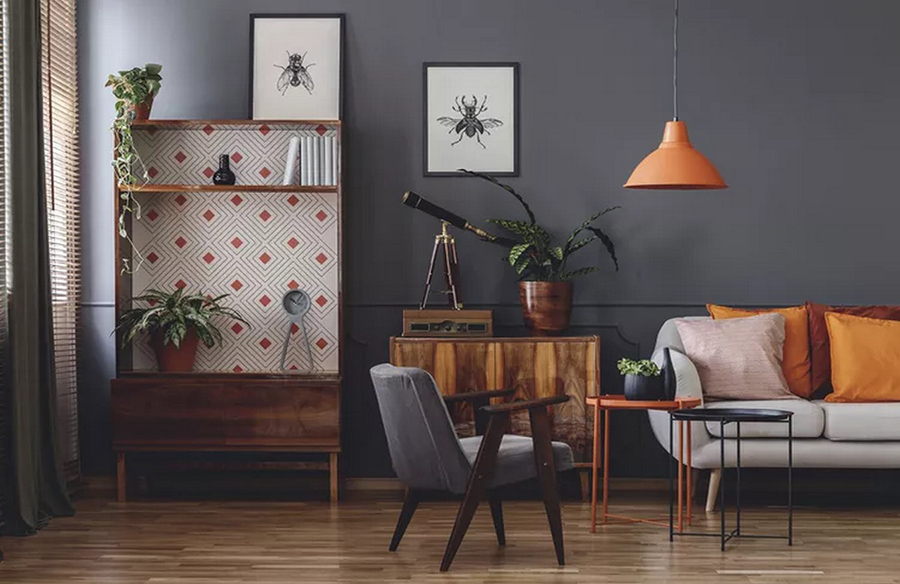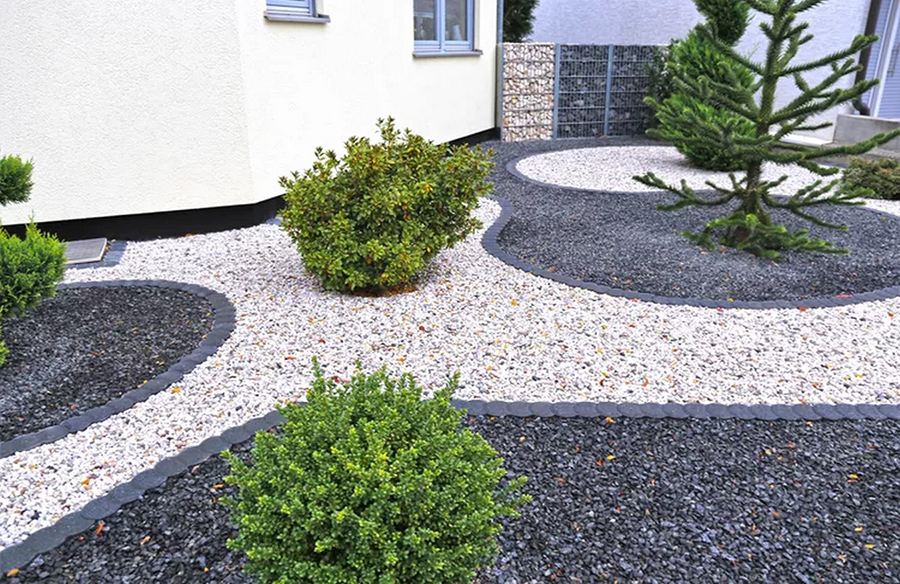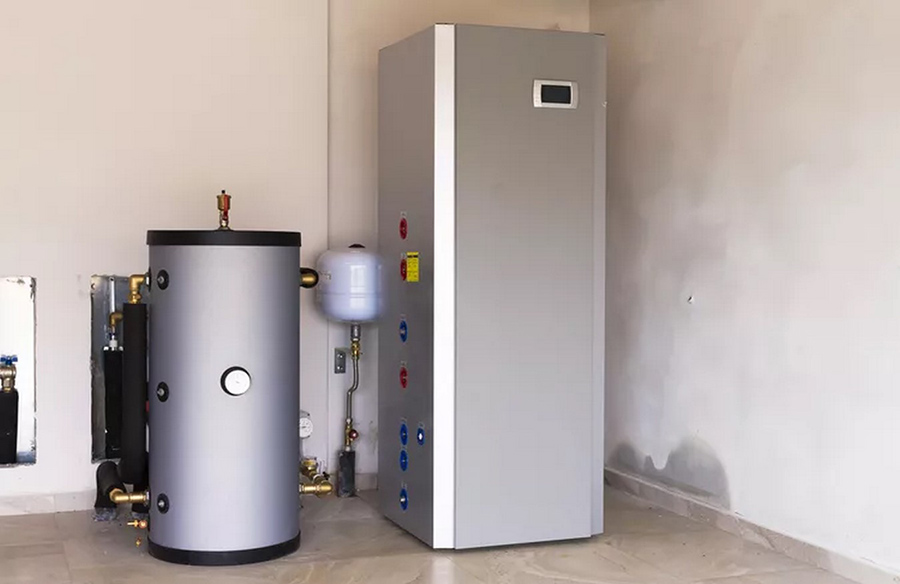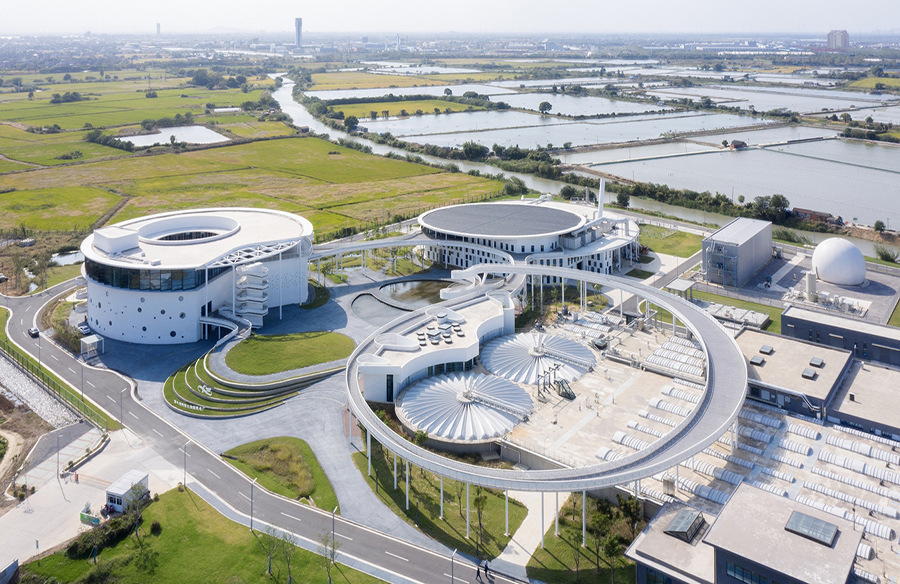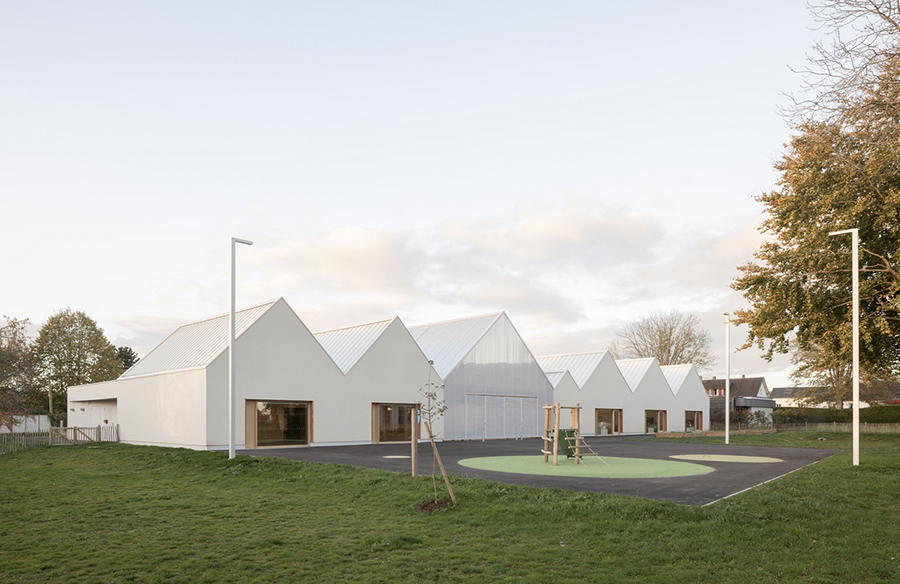Slow design, a movement encompassing thoughtful and responsible design practices, emphasizes the creation of interiors and objects with intentionality and care, as opposed to mass production. Rooted in sustainability, this movement seeks to promote appreciation, functionality, longevity, and contemplation in the spaces we inhabit. Here, we delve into the origins of slow design, its core principles, contemporary examples, environmental impact, and practical tips for incorporating it into your home.
Origins of Slow Design
The concept of slow design emerged from the broader slow movement, initially focusing on food in the 1980s before expanding to encompass various aspects of daily life. Coined in 2002 by Alastair Faud-Luke, a design professor, and further developed by Carolyn F. Strauss through the Slow Research Lab, slow design advocates for a return to craftsmanship and mindful production methods in contrast to the prevalence of mass-produced consumer goods.
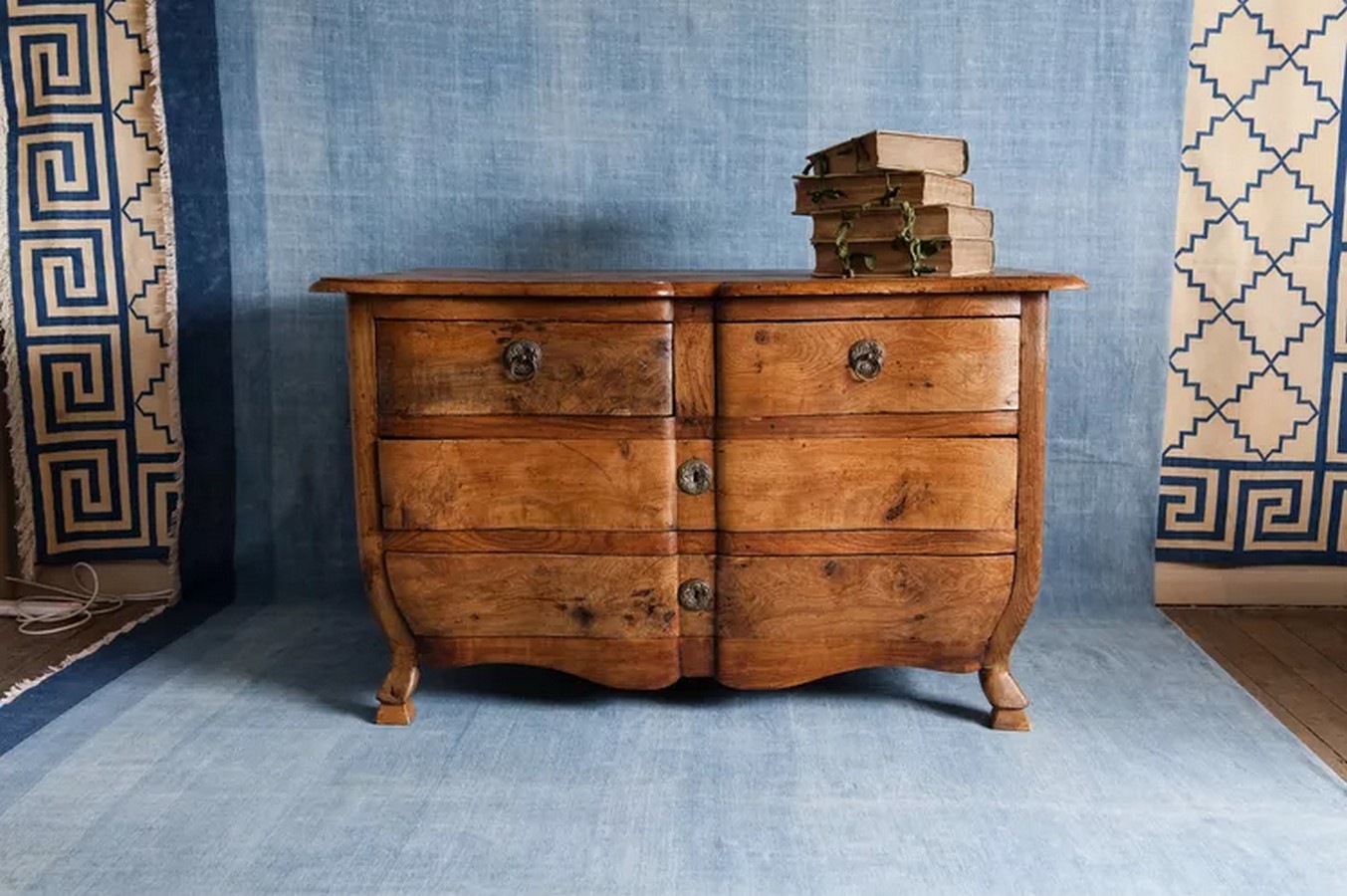
The 6 Principles of Slow Design
Faud-Luke and Strauss identified six core principles underlying slow design:
- Reveal: Highlighting overlooked experiences, materials, and processes.
- Expand: Going beyond perceived functionalities and lifespans.
- Reflect: Encouraging contemplation through space design.
- Engage: Promoting collaboration and sharing in the design process.
- Participate: Empowering users to be active contributors to design.
- Evolve: Acknowledging the continual evolution of artifacts and environments over time.
These principles emphasize a holistic and inclusive approach to design that fosters timeless relationships between individuals and their surroundings.
Examples of Slow Design Today
In contemporary contexts, slow design manifests in various forms, from architectural projects to household furnishings. A notable example is the resurgence of “brown furniture,” characterized by sturdy wooden pieces crafted with meticulous attention to detail. This shift reflects a growing preference for durable, timeless designs over disposable, mass-produced alternatives.

Environmental Impact
The prevalence of ready-to-assemble (RTA) furniture in today’s market contributes to significant environmental challenges, including excessive waste generation and pollution. In contrast, slow-designed furniture prioritizes quality materials and craftsmanship, resulting in products with extended lifespans and reduced ecological footprints.
Slow Design Tips for Your Home
To embrace slow design principles in your living space, consider the following practices:
- Choose responsibly sourced and sustainably crafted materials.
- Draw inspiration from local culture, traditions, and natural surroundings.
- Prioritize multifunctional and minimalist design solutions.
- Research the maintenance requirements of furniture to ensure longevity.
- Support local artisans and businesses committed to ethical practices.
- Practice intentional consumption by furnishing your home gradually and thoughtfully.
By adopting these strategies, you can create a home environment that reflects the values of slow design while minimizing your ecological impact and fostering meaningful connections with your surroundings.
